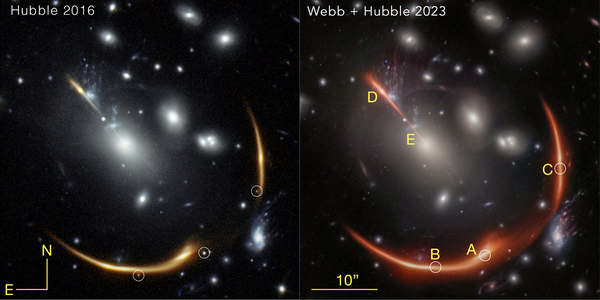
The Present and Future of A New Era in High-Redshift Supernova Discovery
- Event Type
- Seminar/Symposium
- Sponsor
- Department of Astronomy
- Location
- 134 Astronomy Building
- Virtual
- Join online
- Date
- Oct 8, 2024 3:45 - 4:45 pm
- Speaker
- Professor Justin Pierel
- Contact
- Daniel Franco
- danielf9@illinois.edu
- Phone
- 217-300-6769
- Views
- 222
- Originating Calendar
- Astronomy Colloquium Speaker Calendar
The high-redshift transient universe has been an unexplored field of astrophysics due to the vast amount of resources required to discover supernovae (SNe) at z>1. Even with the Hubble Space Telescope (HST), discoveries of the most distant stellar explosions have been restricted to z~2, including with the aid of gravitational lensing. Spectroscopy is critical to both classification and characterization of high-redshift SNe, but it is even more difficult than imaging and has been limited to z~1.5. With the launch of the James Webb Space Telescope (JWST), we have entered a new era of high-redshift SN discovery and understanding. In a relatively short time JWST has expanded our view of the transient universe to z~5, including hundreds of SNe and dozens of rest-frame UV-IR spectra for transients reaching z=3.6. The JWST SN sample with both imaging and spectroscopy now includes the most distant Type Ia SNe (used for cosmological measurements) yet discovered, three strongly lensed SNe, and a wide variety of core-collapse SN sub-types from a previously unexplored phase of the transient universe. I will summarize the range of discoveries made in the first ~2 years of JWST observations, the constraints gleaned from these exciting new objects, and our ongoing efforts to build the first statistical samples of high-redshift SNe. Looking ahead, these SNe give us a glimpse at what we can expect from the upcoming Nancy Grace Roman Space Telescope, which will revolutionize the discovery of distant stellar explosions.